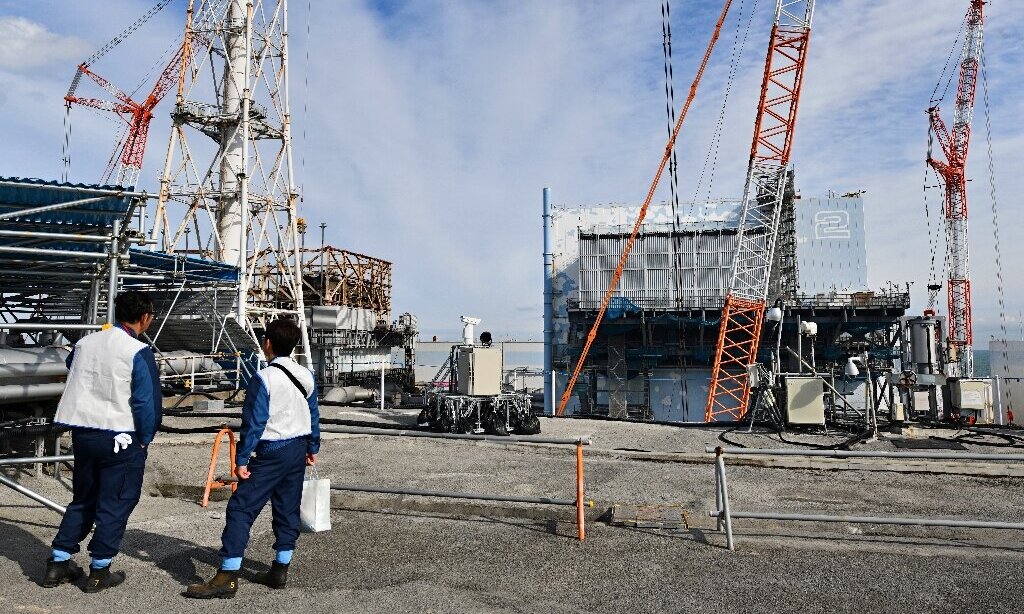#Exploring the sustainability of the Indian sugar industry
“#Exploring the sustainability of the Indian sugar industry”
India’s national policy on biofuels only recently began allowing use of sugarcane juice in ethanol production, in addition to molasses.
“If the energy industry continues to use molasses as the bioethanol feedstock to meet its target, it would require additional water and land resources and result in the production of extra sugar,” said co-author Anjuli Jain Figueroa, a postdoctoral researcher in Earth system science. “In contrast, if the industry used the sugarcane juice to produce ethanol, the target could be met without requiring additional water and land beyond current levels.”
Using sugarcane juice to create ethanol could also help alleviate government spending to subsidize sugar and sell it below cost in its public distribution system.
Entrenched incentives
The public distribution system of sugar in India dates to the 1950s, when frequent famines plagued the country. Back then, sugar helped to meet basic calorie requirements. But today—with micronutrient deficiency leading to illness, disabilities and even death—the Indian government is more concerned with nutrition.
“In India right now, even poor populations have met their basic calorie needs,” said Naylor, who is also a senior fellow at the Stanford Woods Institute for the Environment. “They have been able to buy sugar at subsidized prices, but meanwhile they don’t have access to adequate protein and micronutrients for cognitive growth and for physical well-being.”
Sugarcane cultivation in India has expanded in part because of policies that incentivize production, including a minimum price, guaranteed sales of sugarcane and public distribution of sugar. These regulations have become entrenched over many generations, making the crop highly profitable to the 6 million farmers in the country, but the empty-calorie crop reduces the amount of resources available for micronutrient-rich foods.
“Using scarce natural resources to produce a crop that doesn’t fulfill nutritional needs for the second most populated country in the world can place pressure on the global food system if more and more food imports are required to meet the rising demand in India,” Naylor said.
Balancing act
The researchers focused their analysis on Maharashtra in western India, one of the country’s largest sugarcane-producing states. Sugarcane cultivation in Maharashtra has increased sevenfold in the past 50 years to become the dominant user of irrigation water. The study found that in 2010-11, sugarcane occupied only 4 percent of Maharashtra’s total cropped areas but used 61 percent of the state’s irrigation water. Meanwhile, irrigation for other nutritious food crops remained lower than the national averages.
“Irrigation of sugarcane in our study region is about four times that of all other crops and has doubled from 2000 to 2010. This resulted in about a 50 percent reduction of river flow over that period,” said co-author Steven Gorelick, the Cyrus Fisher Tolman Professor at Stanford Earth. “Given that this region is susceptible to significant drought, future water management is likely to be quite challenging.”
As part of continued efforts to examine the Indian sugar industry and its impacts, lead author Ju Young Lee, a Ph.D. student in Earth system science, also developed satellite imagery analyses to identify sugarcane from space.
“Despite the importance of sugarcane in the water, food and energy sectors in India, there are no reliable sugarcane maps for recent years and in time series,” Lee said. “Using remote sensing data, I am developing current time-series sugarcane maps in Maharashtra—an important step forward.”
Scarcity or abundance?
The agricultural area of Maharashtra is considered drought-ridden, and yet in September 2019, the region experienced major floods that killed 21 people and caused 28,000 residents of Pune city to evacuate.
While the researchers started the FUSE project in Maharashtra with an explicit focus on drought management, their objectives expanded to include flooding after witnessing the devastation of Pune during their research period, presenting “a far more difficult water management problem,” according to co-author Steven Gorelick.
“Climate projections over the next 40 to 80 years suggest maybe a 10 percent increase in rainfall, but much greater variability—and that variability is what worries me the most, in terms of future management of both floods and droughts,” Gorelick said.
More information:
Ju Young Lee et al, Water-food-energy challenges in India: political economy of the sugar industry, Environmental Research Letters (2020). DOI: 10.1088/1748-9326/ab9925
Exploring the sustainability of the Indian sugar industry (2020, August 3)
retrieved 3 August 2020
from https://phys.org/news/2020-08-exploring-sustainability-indian-sugar-industry.html
This document is subject to copyright. Apart from any fair dealing for the purpose of private study or research, no
part may be reproduced without the written permission. The content is provided for information purposes only.
If you want to read more Like this articles, you can visit our Science category.
if you want to watch Movies or Tv Shows go to Dizi.BuradaBiliyorum.Com for forums sites go to Forum.BuradaBiliyorum.Com




